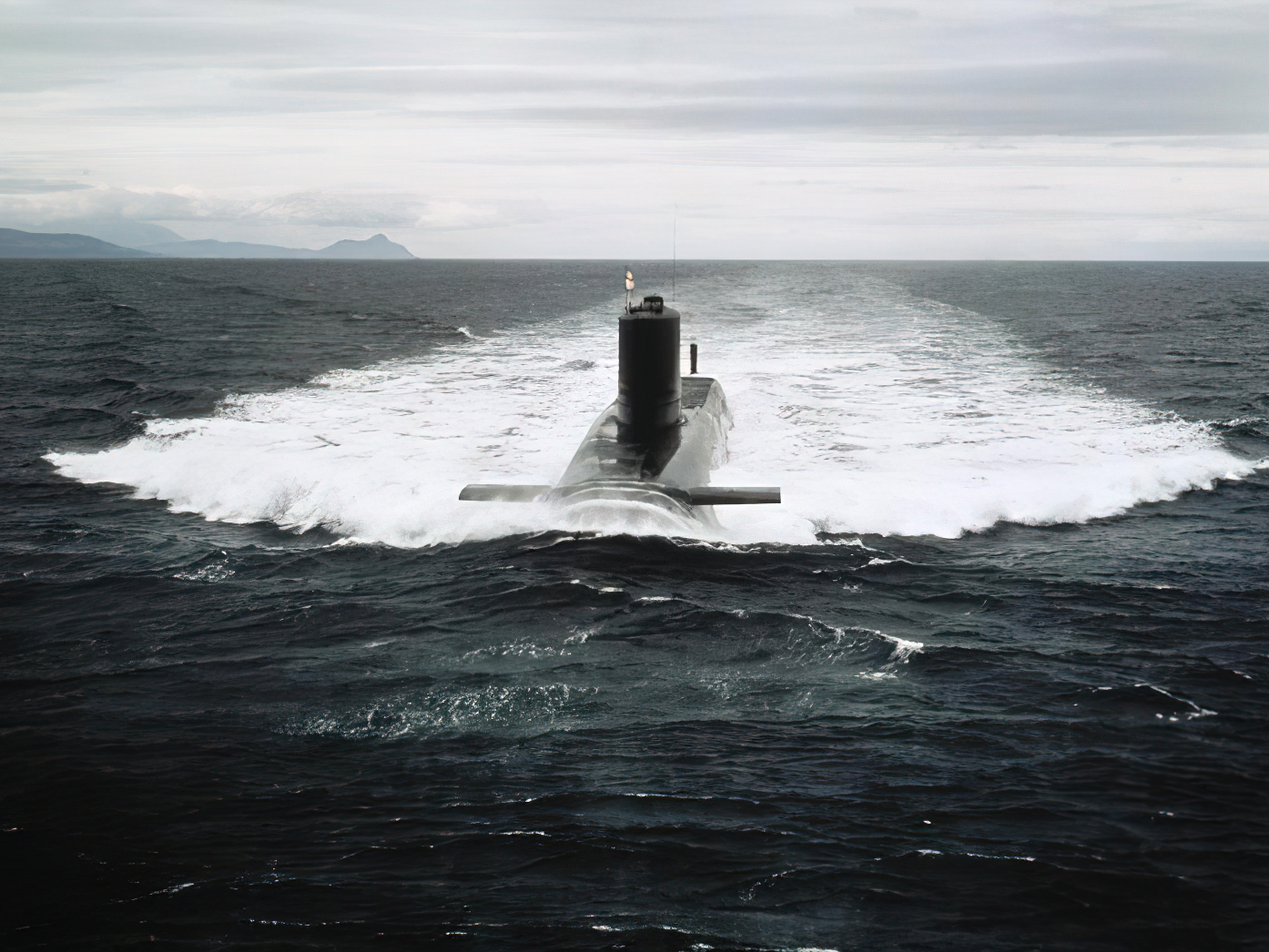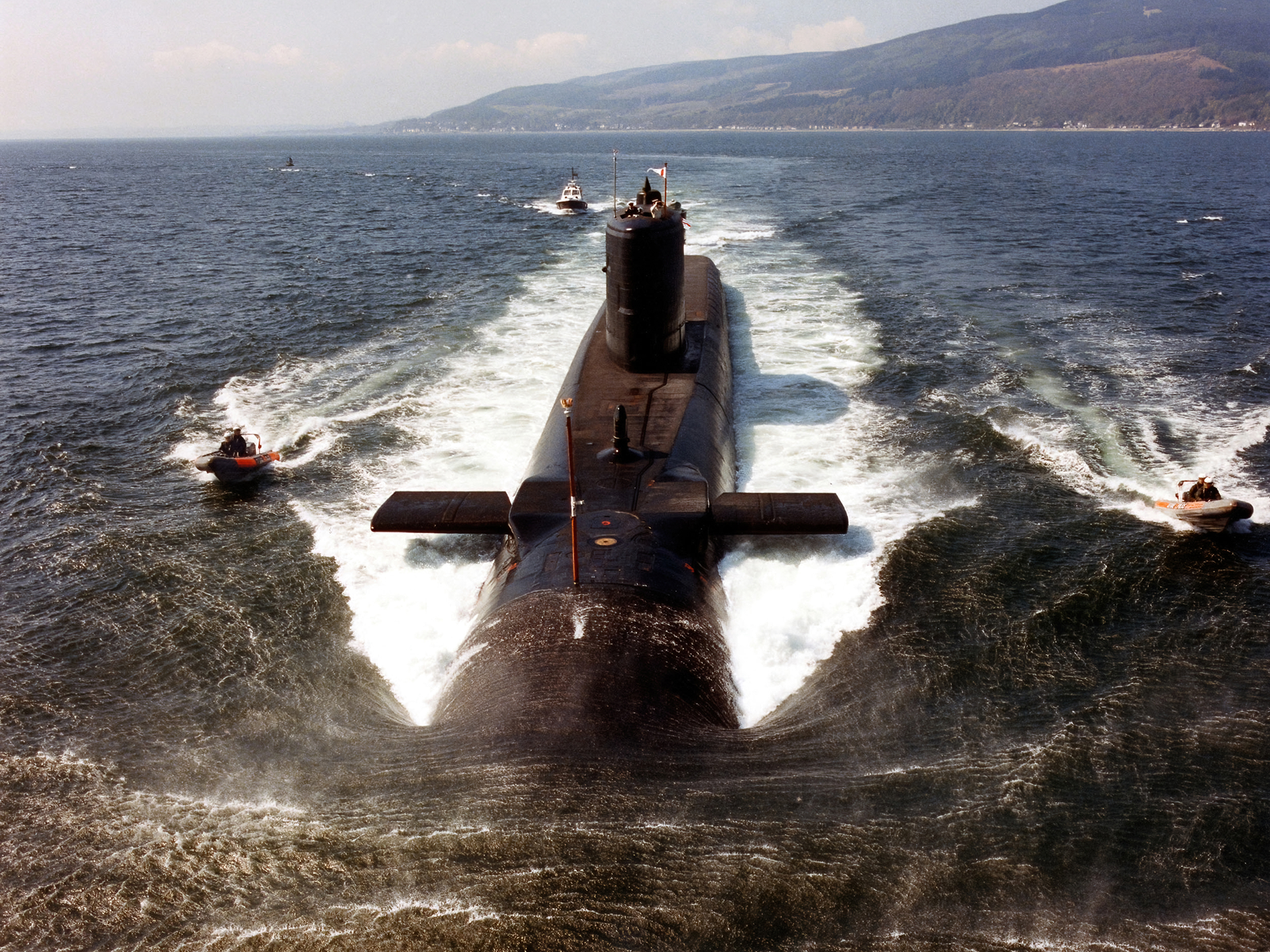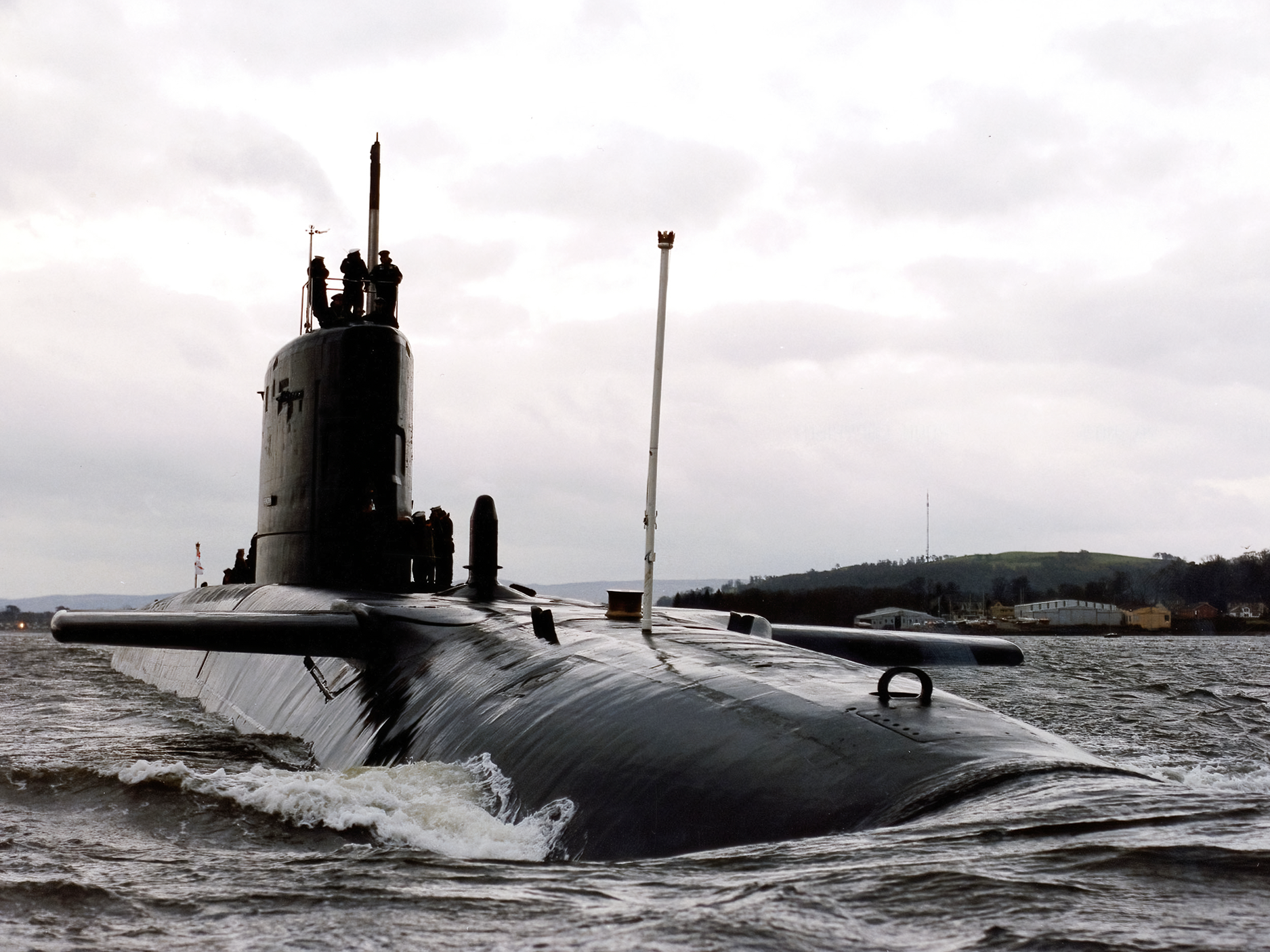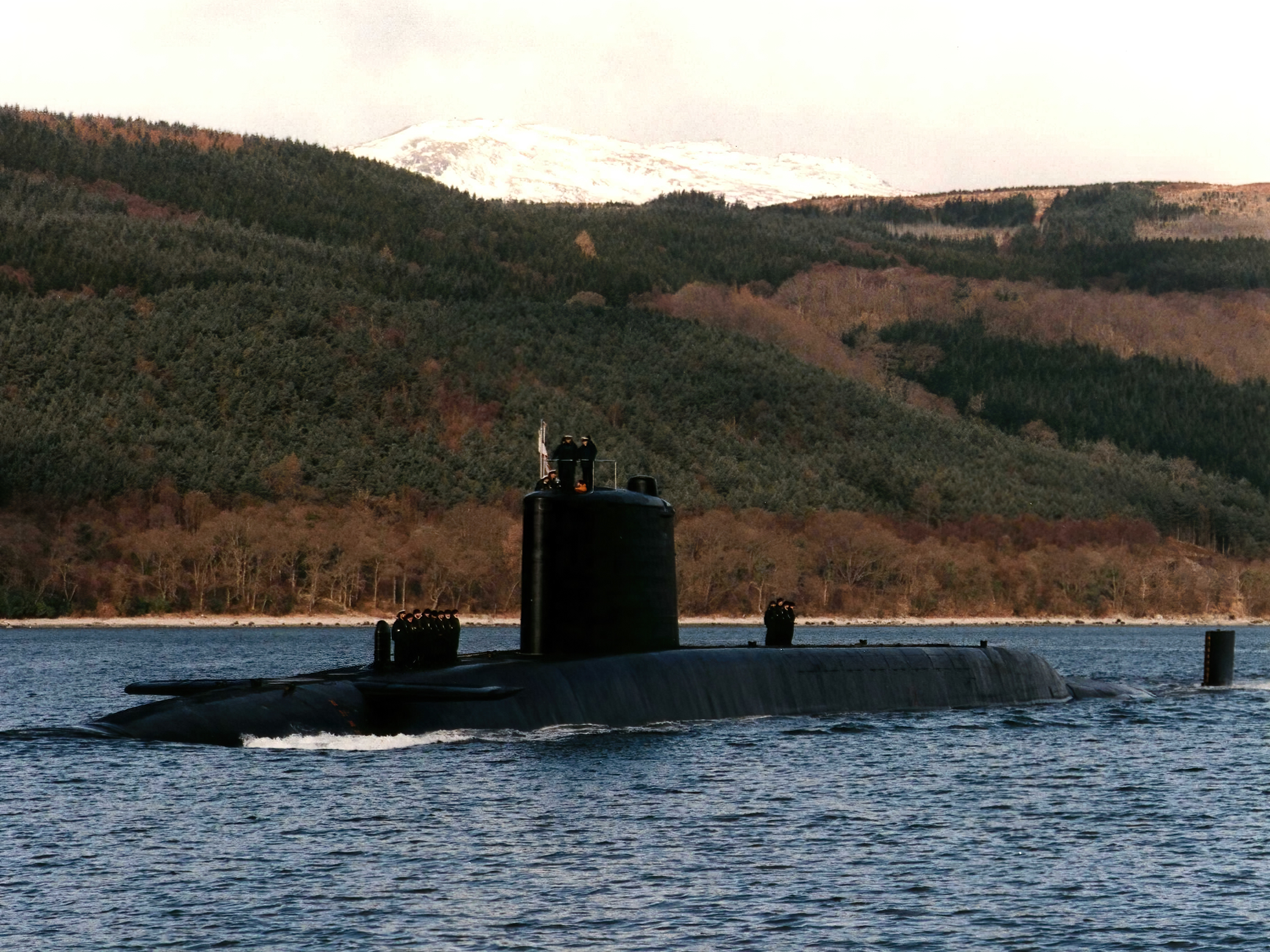Royal Navy Resolution Class Submarines: A Comprehensive Guide
Introduction
The Resolution class submarines were the Royal Navy’s first ballistic missile submarines, forming the backbone of the United Kingdom’s strategic nuclear deterrent from the late 1960s through to the 1990s. Built in response to growing Cold War tensions and designed to carry Polaris nuclear missiles, these four submarines operated continuously for nearly 30 years, maintaining the UK’s policy of continuous at-sea deterrence.
Origins and Design Development
In the early 1960s, the British government made the decision to shift the national nuclear deterrent from the RAF’s V-bombers to a submarine-launched missile platform. An agreement with the United States provided access to the Polaris missile system, which Britain would integrate into its own class of purpose-built nuclear submarines.
The design of the Resolution class was based on the Valiant class attack submarines, extended and modified to carry a missile compartment and improved communications and command systems.
Each submarine was equipped with 16 Polaris A3 missiles, later upgraded to A3TK standard with British-designed Chevaline re-entry vehicles, improving penetration of Soviet defences. The vessels were constructed by Vickers Shipbuilding and Engineering Ltd in Barrow and Cammell Laird in Birkenhead.
Submarines of the Class
Four Resolution class submarines were built:
Each submarine was assigned to a rigorous operational cycle, including refit, training, patrol, and rest. The goal was to ensure that at least one boat was always on patrol at sea, maintaining continuous deterrent capability.
Design and Technical Features
Displacement: 7,600 tonnes surfaced, 8,400 tonnes submerged
Length: 130 metres
Propulsion: 1 × Rolls-Royce pressurised water reactor, 2 steam turbines, single shaft
Speed: Over 25 knots submerged
Test depth: 300+ metres
Armament: 16 × Polaris A3 or A3TK ballistic missiles 6 × 21-inch torpedo tubes (Tigerfish torpedoes)
Sensors: Sonar and radar tailored for strategic patrol and situational awareness
Crew: Approximately 140 officers and ratings
Each submarine carried two full crews (Port and Starboard) to maximise time at sea and reduce fatigue among personnel.
Service and Operations
From 1968 onwards, the Resolution class submarines carried out unbroken nuclear deterrent patrols, primarily in the North Atlantic. These patrols were highly classified, with boats operating in strict radio silence, tracking any adversaries while remaining undetectable themselves.
The first deterrent patrol was carried out by HMS Resolution in June 1968.
During the Cold War, patrols were typically 60–90 days long.
Missiles were never used in combat, but the presence of the submarines provided the cornerstone of British strategic defence.
The Polaris missiles were upgraded in the 1980s under the Chevaline programme, extending their life and countering Soviet anti-ballistic missile systems. However, by the 1990s, the Polaris system was increasingly outdated.
The class was gradually retired as the Vanguard class submarines entered service, carrying the more advanced Trident D5 missile system.
Summary – At a Glance
| Submarine |
Commissioned |
Notable Service Highlights |
Fate / Status |
|
HMS Resolution (S22) |
1967 |
First British SSBN, first deterrent patrol |
Decommissioned 1994 |
|
HMS Repulse (S23) |
1968 |
Polaris patrols, upgraded with Chevaline |
Decommissioned 1996 |
|
HMS Renown (S26) |
1968 |
Longest active service of class |
Decommissioned 1996 |
|
HMS Revenge (S27) |
1969 |
Continuous deterrent patrols |
Decommissioned 1995 |
Conclusion
The Resolution class submarines ensured that the United Kingdom maintained an independent, secure, and credible nuclear deterrent throughout the Cold War. Operating silently beneath the waves, they represented a formidable guarantee of national security. Although replaced by the Vanguard class in the 1990s, their legacy endures as the first vessels to deliver continuous at-sea deterrence, a concept that continues to this day.





